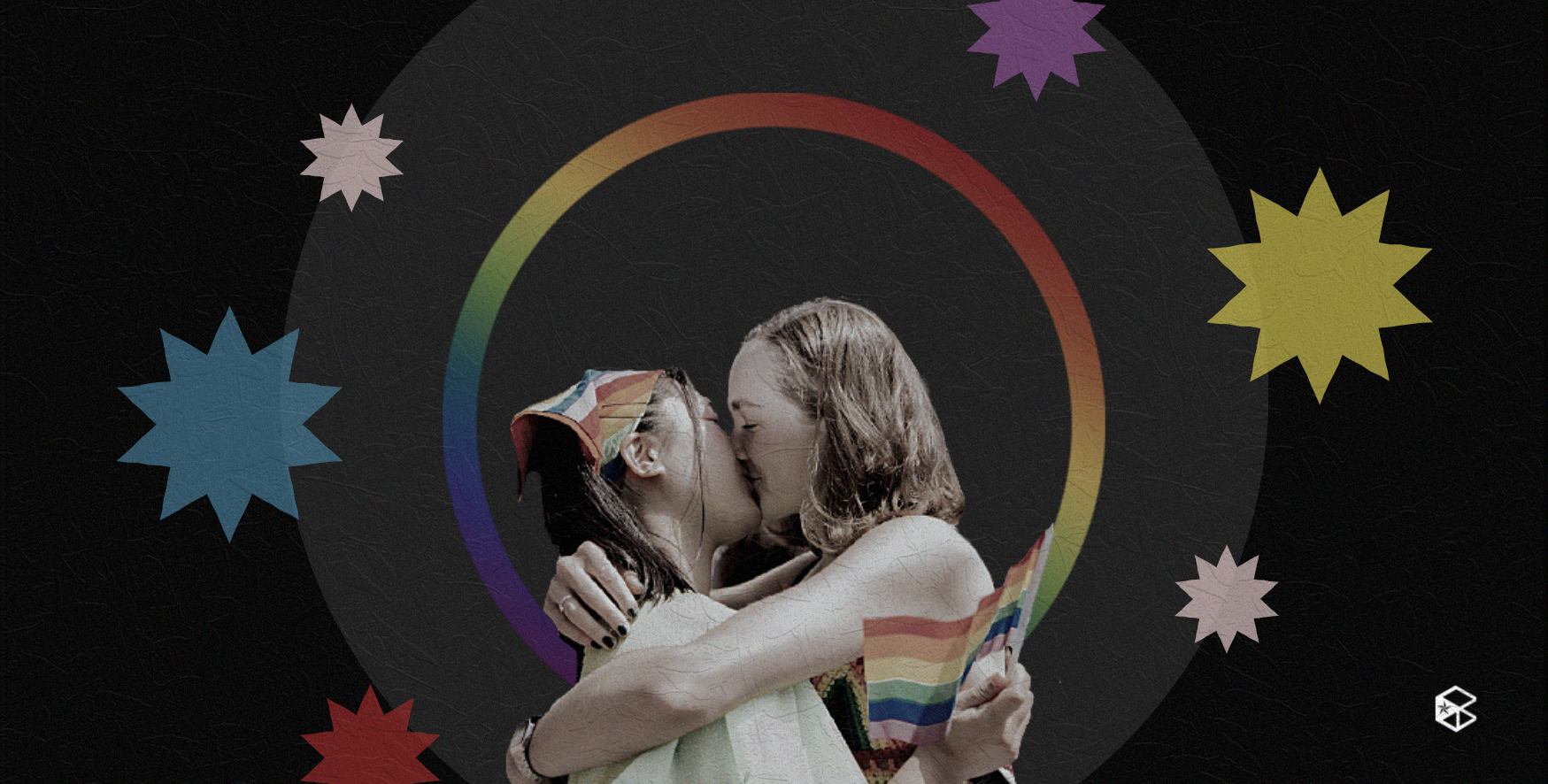Ever since the Philippines’ first Pride Parade in 1996, the LGBTQIA+ community has continued to celebrate and show off their colors during the entirety of June. This Pride Month, we take a look back at the key moments that led to the presence of the queer community becoming more visible in hopes to spread the advocacy of LGBTQIA+ rights and awareness about the community.
Women’s Day March
On March 8, 1992, a group called "The Lesbian Collective" participated in the annual International Women’s Day march in the Philippines. The group took to the streets to demand recognition of their rights, hoisting a banner fielding a number of slogans such as, ‘gay and proud,' ‘babae sa babae,' ‘we’re coming out,' ‘we will be visible; we are invincible,' ‘freedom of choice,' and ‘labanan ang homophobia.' Following this, University of the Philippines (UP) Babaylan was established, the longest-existing duly recognized LGBTQI student organization in the country. The organization went on to participate in the university’s lantern parade, where they have served as an integral part of the parade every year since.
Pride Revolution
On June 26, 1994, the Progressive Organization of Gays in the Philippines (ProGay Philippines) and the Metropolitan Community Church (MCC) took to the streets of Quezon City following the 25th anniversary of the Stonewall Riots that occurred in the United States. This march was dubbed as "Stonewall Manila'' or the "Pride Revolution," making the Philippines the first country in Asia and the Pacific to host a pride-related event. However, the "Pride Revolution '' could not officially be named the first actual Pride March seeing as though it was not properly documented by the organizers and the fact that March wasn’t specific to the promotion of LGBTQIA+ awareness at the time.
The Annual Metro Manila Pride March
Inspired by the events that had occurred two years prior, the first documented Pride March occurred in 1996 that took to the streets of Metro Manila. Spearheaded by the ReachOut Foundation, the event was the first time that the members of the queer community came together presenting themselves as members of the LGBTQIA+ to the public’s eye. This event has molded the image of the Pride March that people have come to know. In more recent years, the Pride March has followed certain themes in order to share their advocacies to the public, integrating social media in their practice to help in the promotion, with the three most recent being "#HereTogether," "#RiseUpTogether," and "#ResistTogether."
SOGIE Bill
In the year 2003, Quezon City first approved the Philippines’ first anti-discrimination ordinance due to cases of harassment and bullying that had surfaced at the time. This then served as the country’s basis in crafting what we know to be the "Sexual Orientation and Gender Identity and Expression Equality (SOGIE) Bill" signed on September 20, 2017. The act prohibits discrimination based on sexual orientation and gender identity and has necessary penalties if violated.
Though there had been other significant events that celebrated the LGBTQIA+ community in all its pride, these events served as stepping stones to achieve what Pride Month is today.
Despite our development through the years, the fight for equality is not yet over.


